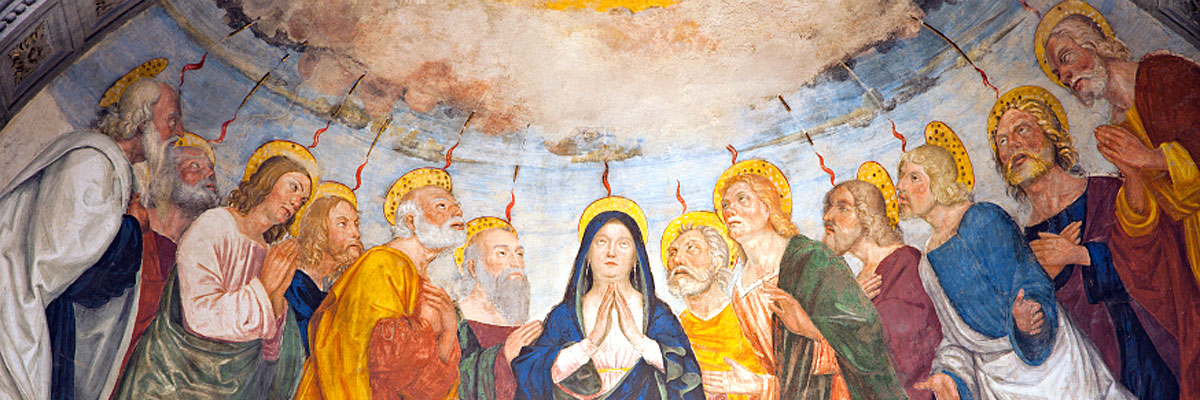
Understanding Our Church
A Treasury of Arkansas Writers Discussing the Catholic Faith
Official Website of the
Catholic Diocese of Little Rock
40-day journey should lead to reconciliation
Published: February 21, 2004
By Charles T. Sullivan
All through the course of the Church’s liturgical year, various aspects of the Paschal Mystery (the mystery of Christ) unfold. Five distinct seasons make up the liturgical year. In Advent, we prepare the way of the Lord and anticipate his coming; during Christmas season, the earthly birth of the Savior is remembered and celebrated; in Lent, Christ’s passion and death are recalled; the Easter season relives Christ’s resurrection from the dead and ascension into heaven; and Ordinary Time has the entirety of salvation history as its general theme.
The season of Lent is the 40 days (not including Sundays) of fasting, prayer and penitence covering Ash Wednesday to Easter Sunday. During the first few centuries, most Christians prepared for Easter by fasting for two or three days. Gradually, this fast was extended to the entire week preceeding Easter (the beginnings of what we now call “Holy Week”).
By the fourth century, the customary interval of penance, prayer and fasting had developed in the West into a “Lent” of 40 days. “We appeal to you not to receive the grace of God in vain” (2 Cor 6:1). This holy and penitential season, which can trace its roots to the earliest days of the Christian era, is set aside by the Church to encourage a proper preparedness for commemorating the passion, death and resurrection of Christ during Holy Week. It is a time of abundant grace and spiritual growth as we endeavor to imitate Jesus who himself set the standard by fasting and praying in the desert for 40 days prior to beginning his public ministry. (See Matt 4:1-2 or Luke 4:1-2) “We implore you on behalf of Christ, be reconciled to God” (2 Cor 5:20).
In the “Catechism of the Catholic Church,” we read, “ Jesus’ call to conversion and penance does not aim first at outward works but at the conversion of the heart, interior conversion. “However, interior conversion urges expression in visible signs, gestures and works of penance” (1430.) The catechism goes on to say that any outward sacrifices, to be genuine, must be the expression of interior or spiritual sacrifices. Thus, in order for our Lenten observances to have meaning and significance, they must be outward expressions of a sincere inward disposition.
They must come from a heart that has been reconciled to God. Moved by the Spirit to action, our desire for reconciliation is actualized when we resolve to eliminate those barriers (sin) that stand between us and God. But, there is another equally important component to reconciliation. To be truly reconciled to God, we must also be reconciled to one another. Lent is a time of heartfelt forgiveness; a time for putting aside our differences and removing any obstacles that impede authentic Christian charity.
The season of Lent is a particularly appropriate time “for spiritual exercises, penitential liturgies, pilgrimages as signs of penance, voluntary self-denial such as fasting and almsgiving and fraternal sharing” (1438). Throughout the world, various pious traditions and beautiful annual practices are joyfully rediscovered and renewed: Daily Mass, Stations of the Cross, the rosary, common prayer, Scripture study and Benediction.
Through these and other laudable customs, may we all be truly reconciled to God and to one another this Lenten season. “Behold, now is a very acceptable time; behold, now is the day of salvation” (2 Cor 6:2). All scriptural references are taken from the second reading for Mass on Ash Wednesday.



